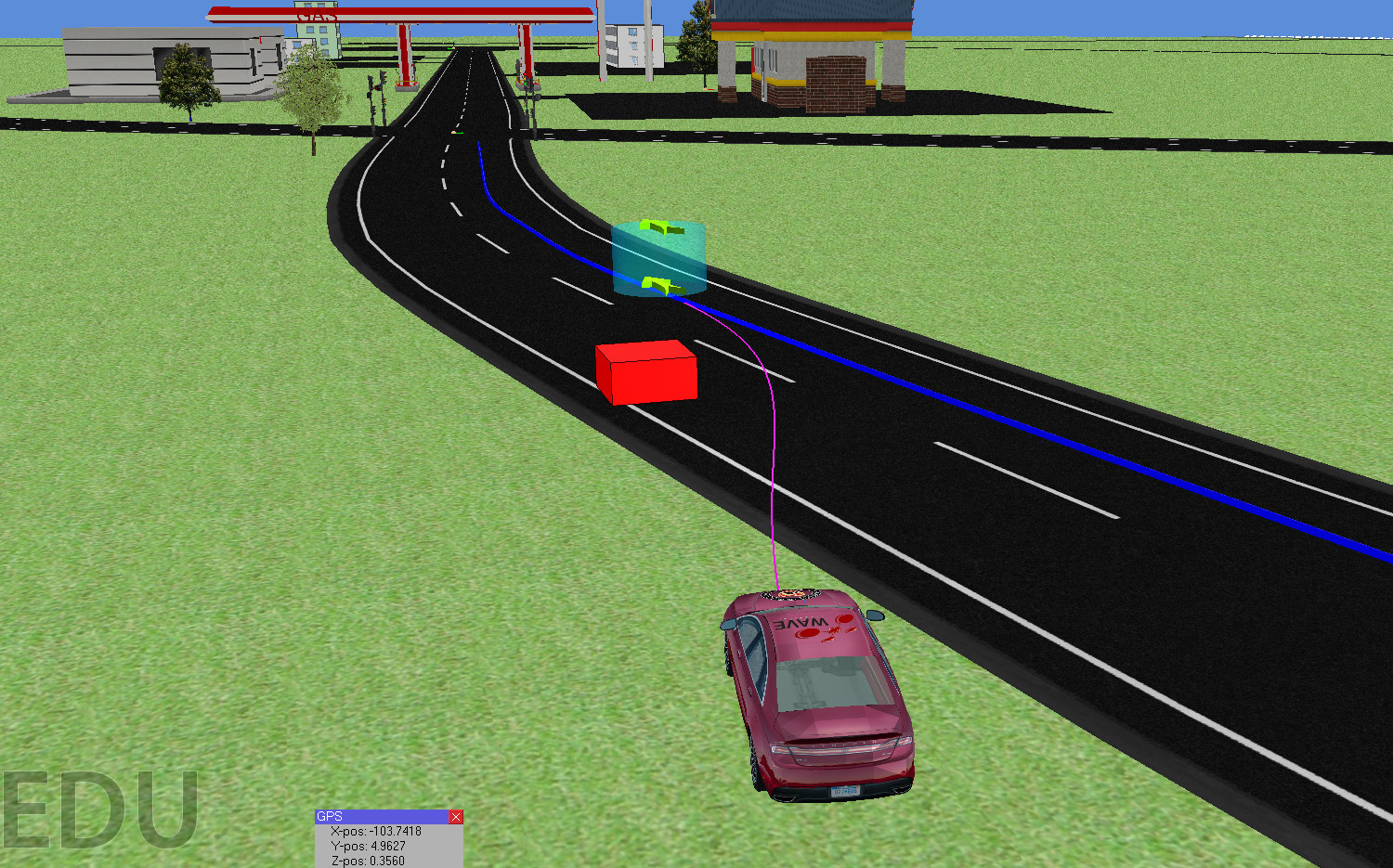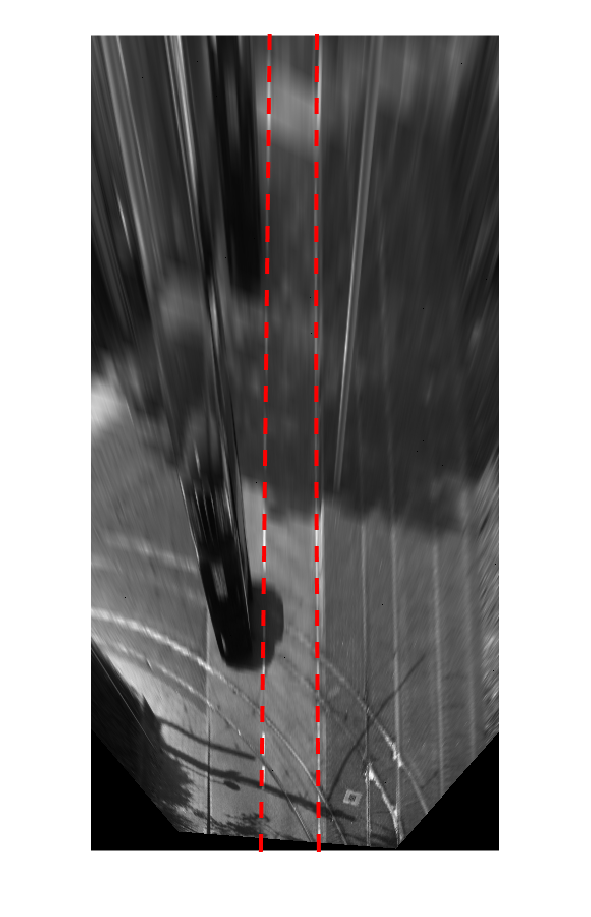Real-Time Filtering of Snow from Lidar Point Clouds

Real-Time Filtering of Snow from Lidar Point Clouds
A common problem in autonomous driving is designing a system that can operate in adverse weather conditions. Falling rain and snow tends to corrupt sensor measurements, particularly for lidar sensors. Surprisingly, very little research has been published on methods to de-noise point clouds which are collected by lidar in rainy or snowy weather conditions. In this project, we present a method for removing snow noise by processing point clouds using a 3D outlier detection algorithm. Our method accounts for the variation in point cloud density with increasing distance from the sensor, with the goal of removing the noise caused by snow while retaining detail in environmental features (which is necessary for autonomous localisation and navigation).
The proposed method outperforms other noise-removal methods, including methods which operate on depth image representations of the lidar scans. We show on point clouds obtained while driving in falling snow that we can simultaneously obtain >90 precision and recall, indicating that the proposed method is effective at removing snow, without removing environmental features.
Link to research paper:
… Coming Soon
Video Results:
Mapping Results
The following video illustrates how snow in Lidar data can severely corrupt a mapping process. In this video, we implement a full offline SLAM solution using GPS/INS and Lidar scans from a Velodyne VLP-32 driving through a snowfall event. We build a map with the snowy data (top) and then rebuild the map with the same dataset after removing the snow on a scan-by-scan basis (bottom).




















